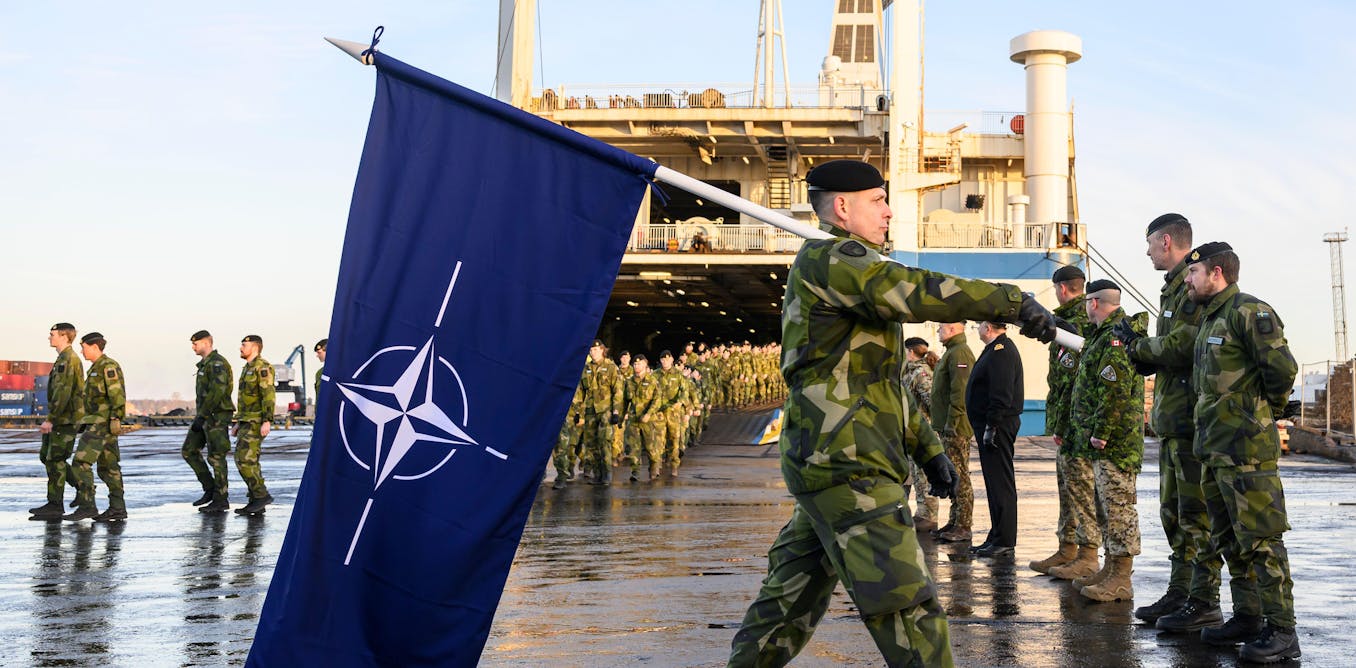
NATO is currently navigating a transformative period in its history, particularly with the upcoming summit scheduled for June 24-25 in The Hague. The alliance finds itself contemplating significant questions regarding its future, including the reliance on U.S. support, the potential shift toward a European-centric organization, and the broader implications for international security.
The past year has indeed been a game-changer. Former President Trump’s critical stance toward NATO has raised eyebrows and triggered discussions about the viability of the organization, which includes member states like Germany, France, Turkey, and the UK. His administration’s inclination towards isolationism has led many to fear a significant reduction of U.S. commitment—an unsettling prospect that has exposed NATO’s historical dependence on American military prowess.
The forthcoming 2025 summit is set to be a crucial juncture for NATO. It presents a pivotal chance to unveil a comprehensive strategy aimed at revitalizing the alliance, possibly transitioning to a more European-focused endeavor. The notion of transforming NATO into a primarily Europe-based entity—much like the Western European Union established in 1954 under the Paris Accords—could redefine how Europe secures its collective defence. The WEU’s original aim was to enhance European participation in transatlantic security, a goal that feels increasingly relevant today.
Shifting Dynamics in European Defence
Trump’s critiques of NATO funding come with significant irony, given that for decades, U.S. leadership has often resisted any form of European defence autonomy. The emphasis has predominantly been on increasing defence spending from other NATO nations to support a U.S.-led framework rather than fostering a genuinely collaborative approach to mutual security. As the alliance faces the possibility of diminished U.S. involvement, NATO may soon have no option but to lessen its reliance on American resources and pivot its focus more towards European defence initiatives.
The response from Washington has been inconsistent, adding layers of uncertainty. While Trump’s administration hinted at a reduced commitment to NATO, U.S. officials have called for increased spending from European allies, suggesting a shared responsibility in enhancing NATO’s capabilities. This evolving narrative positions Europe at the forefront of shaping its security landscape.
As many members, led by countries such as France and the UK, rally behind the formation of a “coalition of the willing” to bolster military capacity and secure a post-conflict agreement for Ukraine, the aspirations for a more autonomous European defence structure grow clearer. However, this shift is not without its challenges, as NATO still relies heavily on U.S. resources, particularly advanced military technologies and logistics capabilities essential for swift, coordinated responses on the continent.
Ultimately, the need for a cohesive plan that outlines ongoing funding commitments, refined governance structures, and appropriate responses to conflicts—such as that currently unfolding in Ukraine—will be paramount by the end of June. Rather than dissolving the existing NATO structure, there’s a compelling argument for reinforcing European capabilities within NATO itself, paving the way for a more resilient and self-sufficient alliance for the future.
In essence, strengthening NATO while ensuring European autonomy could not only stabilize the alliance but also foster a robust geopolitical environment that serves the interests of all member states effectively.
#Politics #WorldNews


